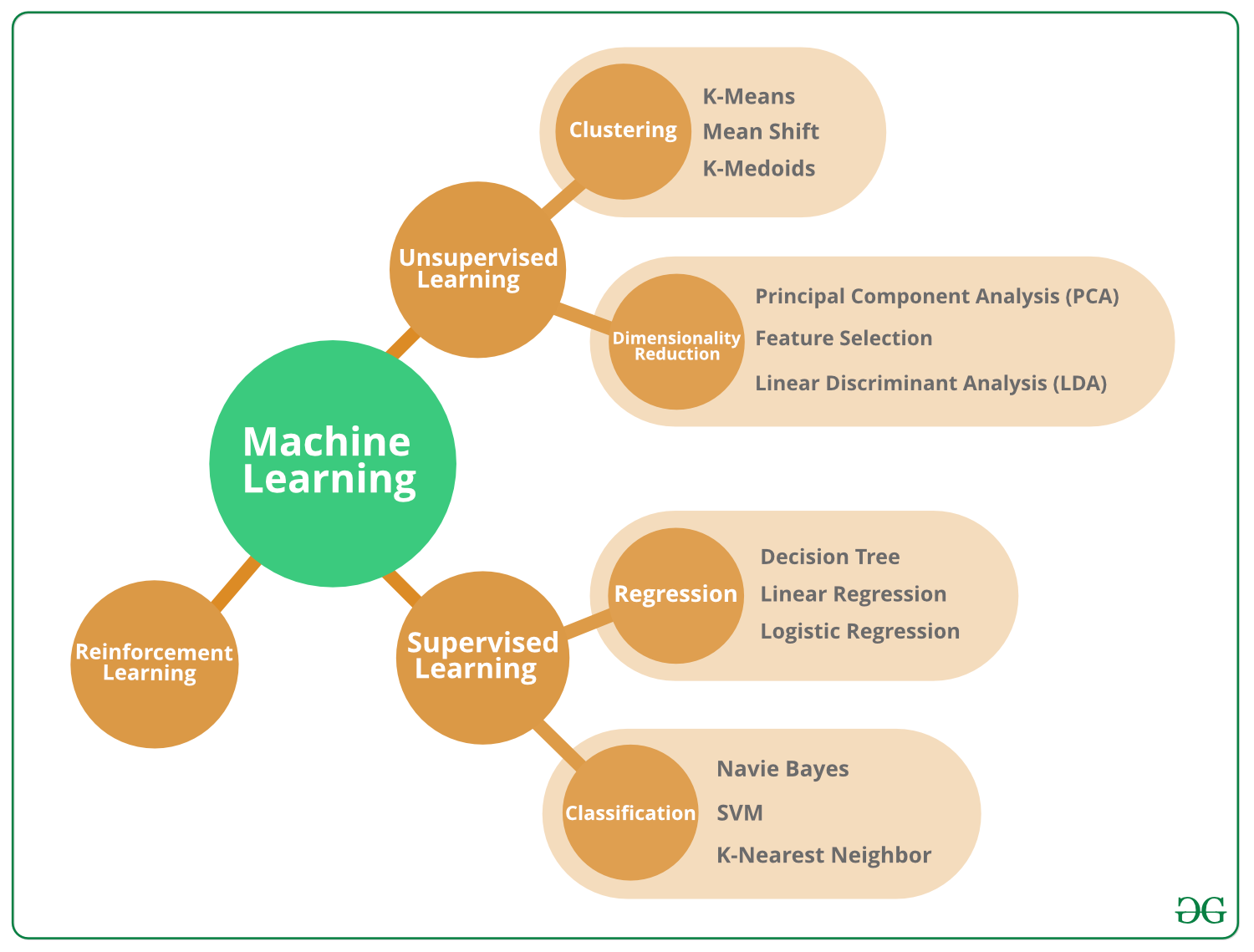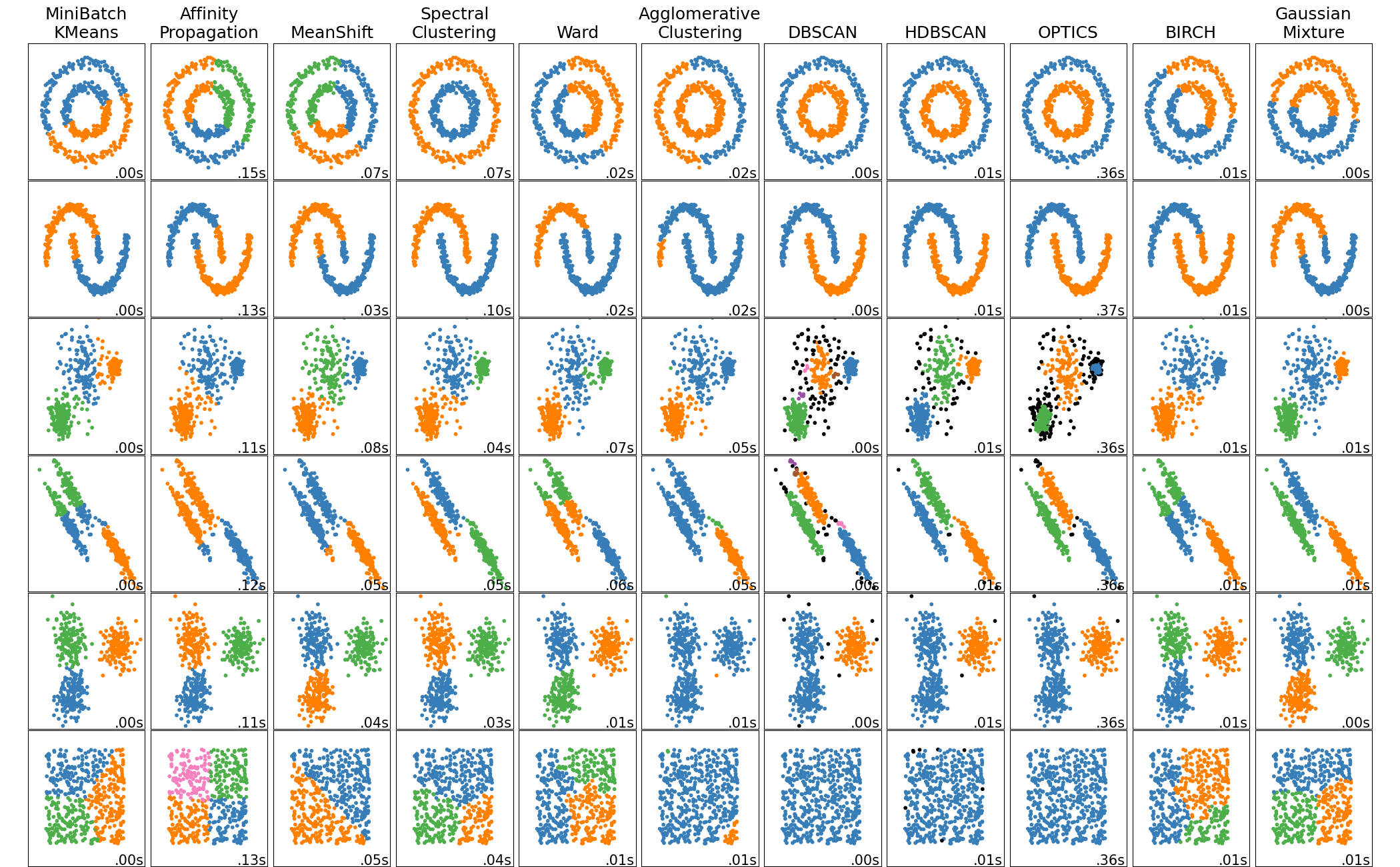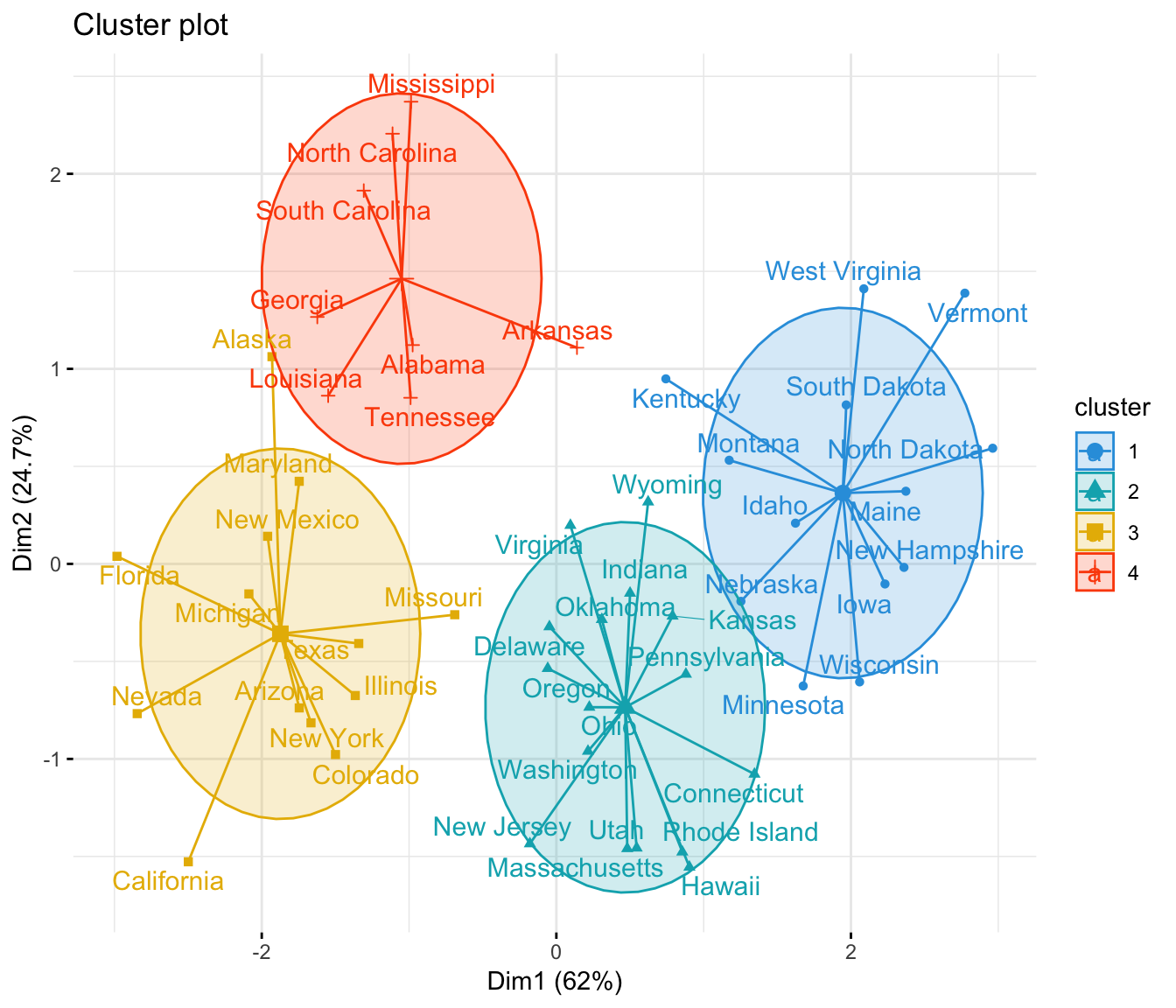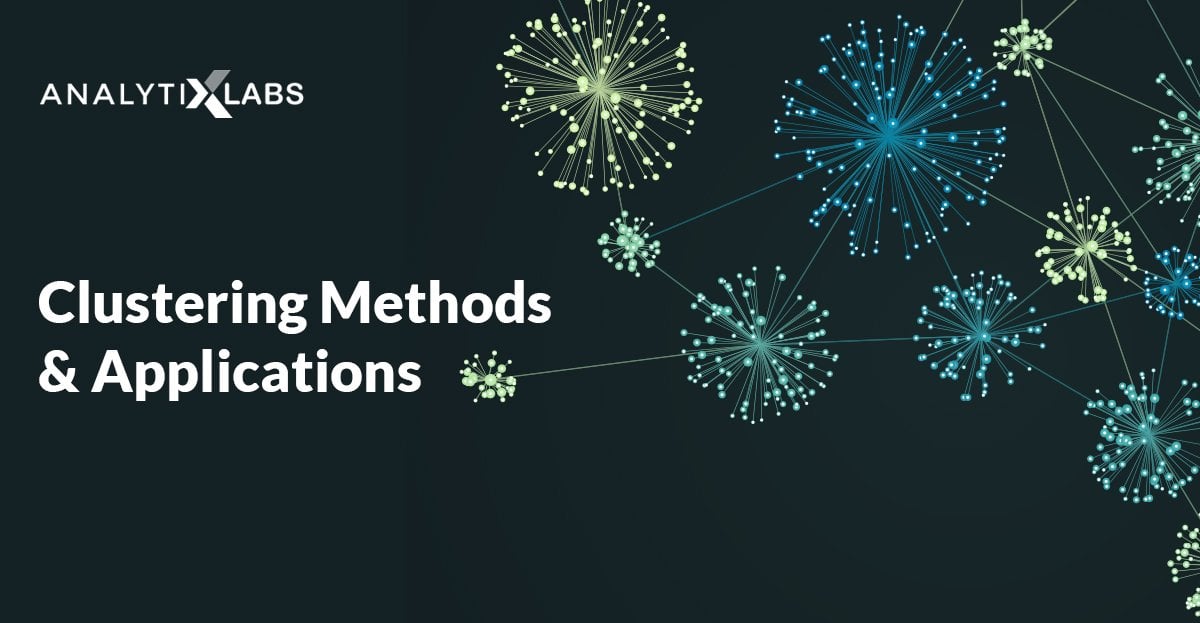Embracing Change: How Machine Learning is Shaping the Modern World
In the ever-evolving landscape of technology, one transformative force has consistently taken center stage—machine learning (ML). My journey, from founding DBGM Consulting to exploring the depths of artificial intelligence and machine learning at Harvard University, has placed me at the confluence of witnessing and contributing to this revolution. Today, I want to delve into the broader ramifications of machine learning, not just as a technological tool, but as a catalyst for global transformation.
The Role of Machine Learning in Data Analysis and Beyond
Machine learning, a subset of artificial intelligence, has burgeoned into a pivotal asset across industries. The recent advancements seen with QueryPanda underscore the boundless potential of ML algorithms in streamlining data handling, thereby revolutionizing the workflow in the domain of data science. This is a mere glimpse into the broader implications of ML that touch upon every facet of the digital and physical world alike.
Fueling Innovation Across Sectors
- Healthcare: ML algorithms are making strides in predictive analysis, enhancing diagnostics, patient care, and treatment outcomes.
- Finance: The predictive power of ML is reshaping finance, from personalized banking services to fraud detection and algorithmic trading.
- Automotive: My personal passion for automotive design finds resonance in ML’s role in advancing autonomous vehicle technology, underscoring a future where machine intelligence complements human ingenuity.
The Integration of AI and Machine Learning in Sustainable Practices
An area of immense promise is the application of AI and ML in fostering sustainability. The insightful piece on how AI transforms traditional industries serves as a testament to the urgency and necessity of integrating intelligent systems into our fight against climate change, paving a path towards a more sustainable and efficient global ecosystem.
Challenges and Ethical Considerations
While the prospects of ML are boundless, they are not without their share of challenges—particularly ethical considerations. The blend of AI and ethics in counterterrorism efforts underscores the delicate balance required to harness the power of machine learning responsibly, ensuring that innovation does not come at the expense of privacy, security, and human rights.
Looking Ahead: The Future of Machine Learning
As we teeter on the brink of a new era defined by machine intelligence, it is imperative to approach the future with a blend of optimism and caution. The potential of machine learning to redefine our world is immense, but it necessitates a framework that fosters responsible development and application, ensuring that technology serves humanity and not the other way around.
< >
>
< >
>
Conclusion
As I reflect on my journey from Microsoft to the hallowed halls of Harvard, and now at the helm of DBGM Consulting, the transformative power of AI and machine learning has been a constant companion. It is a field that not only promises unprecedented advancements but also challenges us to rethink our ethical frameworks and societal constructs. The future of machine learning is not just about algorithms and data; it’s about shaping a world that leverages technology for the greater good.
<
>
Focus Keyphrase: Machine Learning


